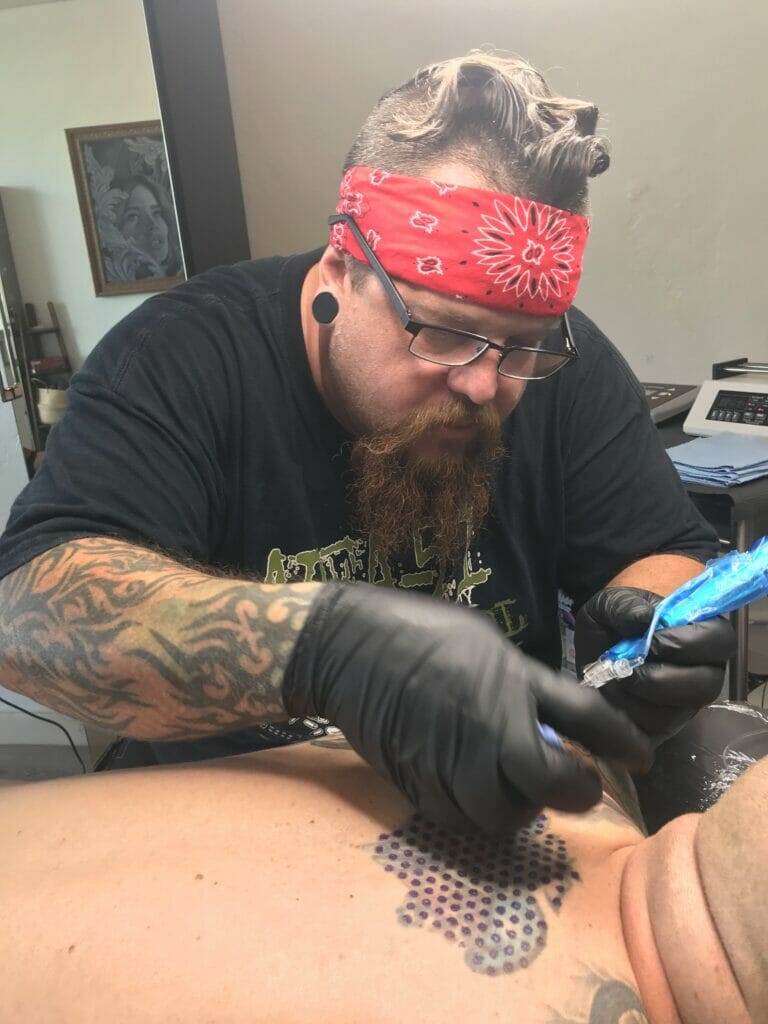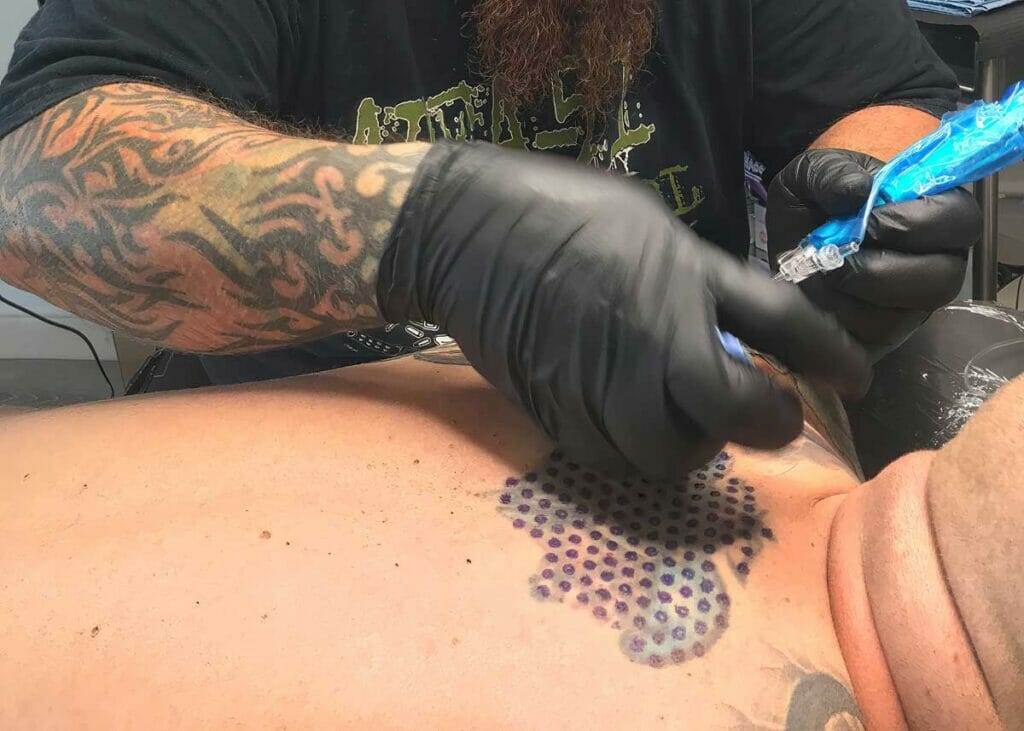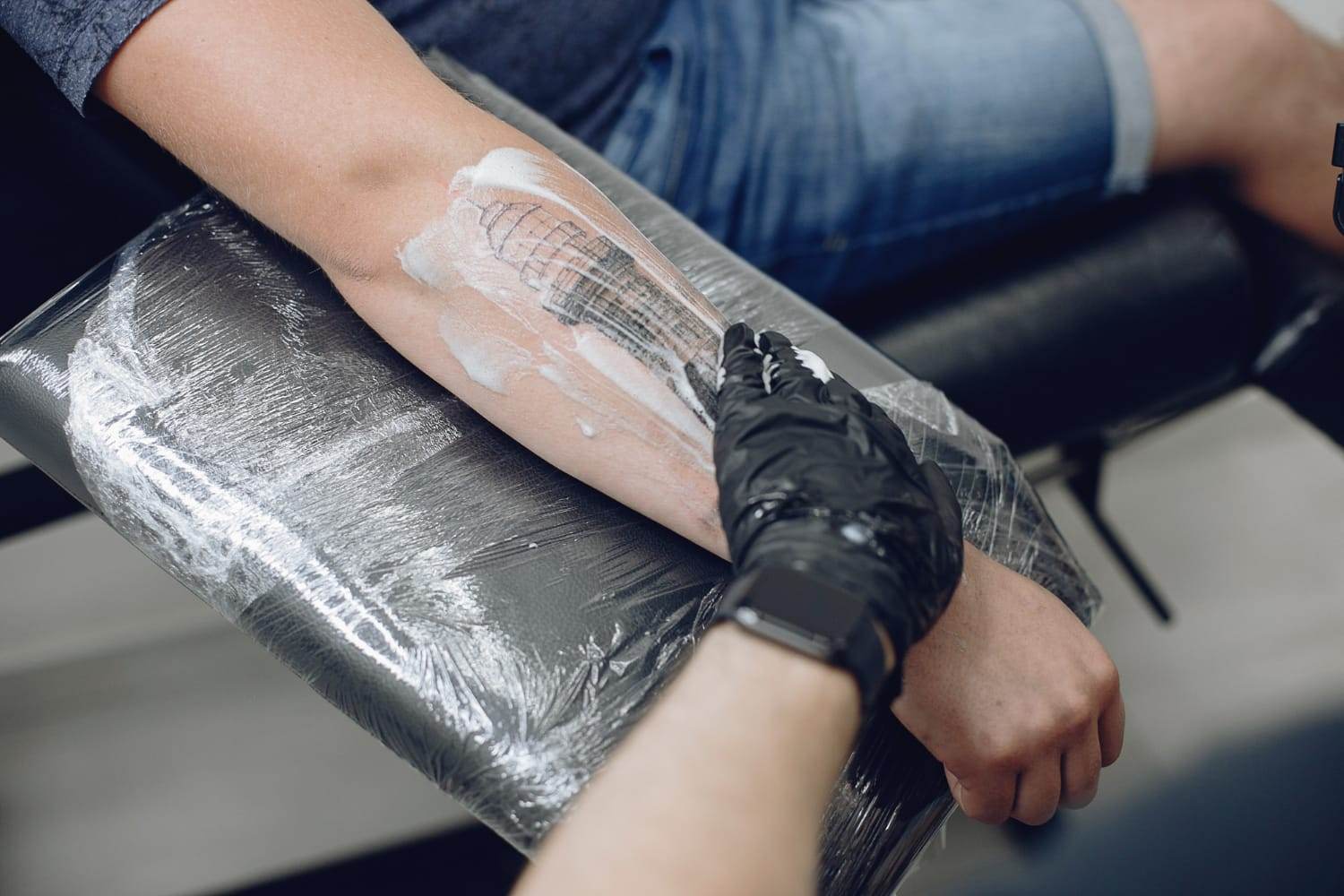Tattoos have become increasingly popular in recent years, with more and more people getting inked. However, as the popularity of tattoos has grown, so has the demand for tattoo removal. Whether it’s due to a change in personal taste, a desire to remove a tattoo associated with a past relationship, or simply a regrettable decision, many people are seeking ways to remove their tattoos.
Traditionally, laser tattoo removal has been the go-to method for removing unwanted tattoos. However, in recent years, non-laser tattoo removal has emerged as an alternative option. Non-laser tattoo removal methods offer a different approach to removing tattoos and have gained popularity due to their effectiveness and reduced risk of side effects.
Understanding Permanent vs. Temporary Tattoos
Before considering tattoo removal, it’s important to understand the difference between permanent and temporary tattoos. Permanent tattoos are created by injecting ink into the dermis layer of the skin using a needle. This ink is designed to stay in the skin for a lifetime, which is why removing permanent tattoos can be challenging.
On the other hand, temporary tattoos are designed to fade over time and eventually disappear. These tattoos are typically applied using water and can last anywhere from a few days to a few weeks. Temporary tattoos are much easier to remove compared to permanent ones.
Understanding the type of tattoo you have is crucial when considering tattoo removal options. Permanent tattoos require more aggressive removal methods, while temporary tattoos can often be removed with less invasive techniques.
The Limitations of Laser Tattoo Removal
Laser tattoo removal has been the gold standard for tattoo removal for many years. It works by using high-intensity laser beams to break down the ink particles in the skin, which are then absorbed by the body’s immune system and eliminated over time.
While laser tattoo removal can be effective in many cases, it does have its limitations. One of the main limitations is that it may not completely remove all colors of ink. Certain colors, such as green and blue, can be more difficult to remove with lasers. Additionally, laser tattoo removal can be a lengthy process, requiring multiple sessions spaced several weeks apart.
Another limitation of laser tattoo removal is the potential for side effects. Common side effects include redness, swelling, blistering, and scarring. These side effects are usually temporary but can be uncomfortable and may require additional treatment.
Non-Laser Tattoo Removal: What is it?
Non-laser tattoo removal refers to a variety of methods that do not use lasers to remove tattoos. These methods offer an alternative approach to tattoo removal and have gained popularity in recent years due to their effectiveness and reduced risk of side effects.
There are several different types of non-laser tattoo removal options available. Some of the most popular methods include chemical peels, dermabrasion, and tattoo removal creams. Each method works in a slightly different way but ultimately aims to break down the ink particles in the skin and promote their elimination.
How Non-Laser Tattoo Removal Works
Non-laser tattoo removal methods work by breaking down the ink particles in the skin and promoting their elimination. Chemical peels involve applying a solution to the skin that causes the top layers to peel off, taking some of the ink particles with them. Dermabrasion uses a rotating brush or diamond-tipped device to remove the top layers of skin, again taking some of the ink particles with them.
Tattoo removal creams work by penetrating the skin and breaking down the ink particles over time. These creams are typically applied daily and can take several months to see results. While they may not be as effective as other methods, they offer a less invasive option for those who prefer to avoid lasers.
Benefits of Non-Laser Tattoo Removal
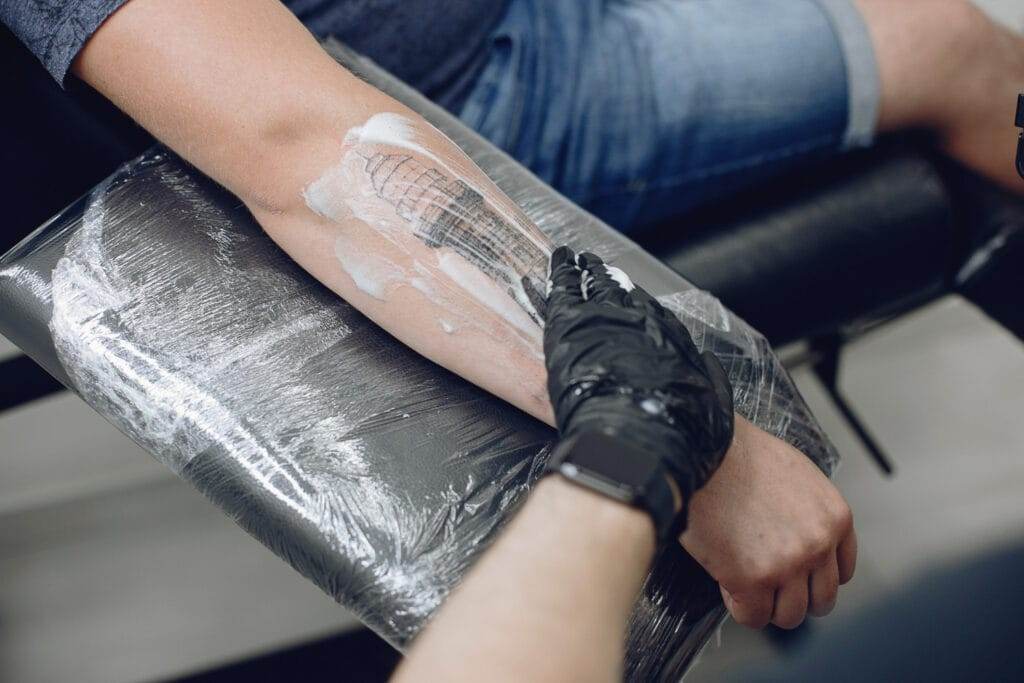
Non-laser tattoo removal offers several benefits compared to laser removal. One of the main benefits is the reduced risk of side effects. Laser tattoo removal can cause redness, swelling, blistering, and scarring, while non-laser methods are generally less invasive and have fewer associated risks.
Non-laser tattoo removal methods also tend to be more affordable than laser removal. Laser treatments can be costly, especially if multiple sessions are required. Non-laser methods, such as tattoo removal creams, can be purchased over-the-counter and are generally more affordable.
Additionally, non-laser tattoo removal methods may be more effective at removing certain colors of ink. Laser removal can struggle with colors like green and blue, while non-laser methods may be able to break down these pigments more effectively.
Risks and Side Effects of Non-Laser Tattoo Removal
While non-laser tattoo removal methods generally have fewer risks and side effects compared to laser removal, they are not without their own potential complications. Chemical peels and dermabrasion can cause redness, swelling, and scarring if not performed correctly. It’s important to choose a qualified professional who has experience with these methods to minimize the risk of complications.
Tattoo removal creams also carry some risks. Some people may experience skin irritation or allergic reactions to the ingredients in these creams. It’s important to patch test the cream on a small area of skin before applying it to the entire tattooed area.
It’s worth noting that non-laser tattoo removal methods may not be as effective as laser removal for certain tattoos. Large or heavily pigmented tattoos may require more aggressive treatment options, such as laser or surgical removal.
Who is a Good Candidate for Non-Laser Tattoo Removal?
Non-laser tattoo removal methods are generally suitable for a wide range of candidates. However, there are certain factors that may affect candidacy. For example, individuals with certain medical conditions or skin conditions may not be suitable candidates for non-laser removal.
It’s also important to consider the size and location of the tattoo. Non-laser methods may be more effective for smaller tattoos or those located on areas of the body with thinner skin. Larger tattoos or those located on areas with thicker skin may require more aggressive treatment options.
It’s always best to consult with a qualified professional to determine if you are a good candidate for non-laser tattoo removal and which method would be most suitable for your specific tattoo.
Cost Comparison: Non-Laser vs. Laser Tattoo Removal
When considering tattoo removal, cost is often a significant factor. Laser tattoo removal can be quite expensive, especially if multiple sessions are required. The cost of laser removal can range from a few hundred to several thousand dollars, depending on the size and complexity of the tattoo.
Non-laser tattoo removal methods tend to be more affordable. Chemical peels and dermabrasion typically cost less than laser treatments, although multiple sessions may still be required. Tattoo removal creams are generally the most affordable option, with prices ranging from $20 to $100 per bottle.
It’s important to keep in mind that the cost of tattoo removal can vary depending on several factors, including the size and complexity of the tattoo, the number of sessions required, and the location of the treatment facility. It’s best to consult with a professional to get an accurate estimate of the cost based on your specific situation.
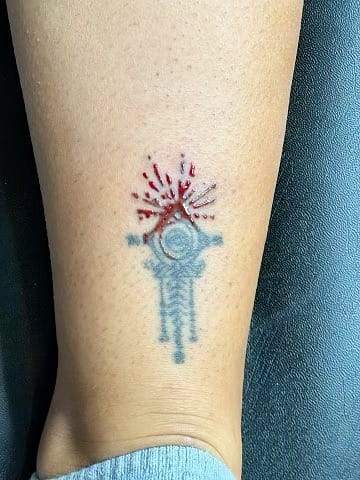
Popular Non-Laser Tattoo Removal Methods
There are several popular non-laser tattoo removal methods available today. Chemical peels involve applying a solution to the skin that causes it to peel off, taking some of the ink particles with it. This method is effective for smaller tattoos and can be performed by a qualified professional.
Dermabrasion is another non-laser method that involves using a rotating brush or diamond-tipped device to remove the top layers of skin. This method is more aggressive than chemical peels and may be more suitable for larger or more complex tattoos.
Tattoo removal creams are a non-invasive option that can be used at home. These creams work by breaking down the ink particles in the skin over time. While they may not be as effective as other methods, they offer a convenient and affordable option for those who prefer to avoid lasers.
The Future of Tattoo Removal
The field of tattoo removal is constantly evolving, and non-laser methods are likely to continue to advance in the future. As technology improves, we can expect to see more effective and less invasive non-laser tattoo removal options.
Advancements in tattoo removal creams, for example, may lead to more effective and faster results. Researchers are also exploring new techniques, such as using nanoparticles or targeted drug delivery systems, to improve the effectiveness of non-laser tattoo removal.
While laser tattoo removal will likely remain a popular option for many people, non-laser methods offer a promising alternative for those who prefer a less invasive approach. As technology continues to advance, we can expect to see more options and improved outcomes for tattoo removal.

